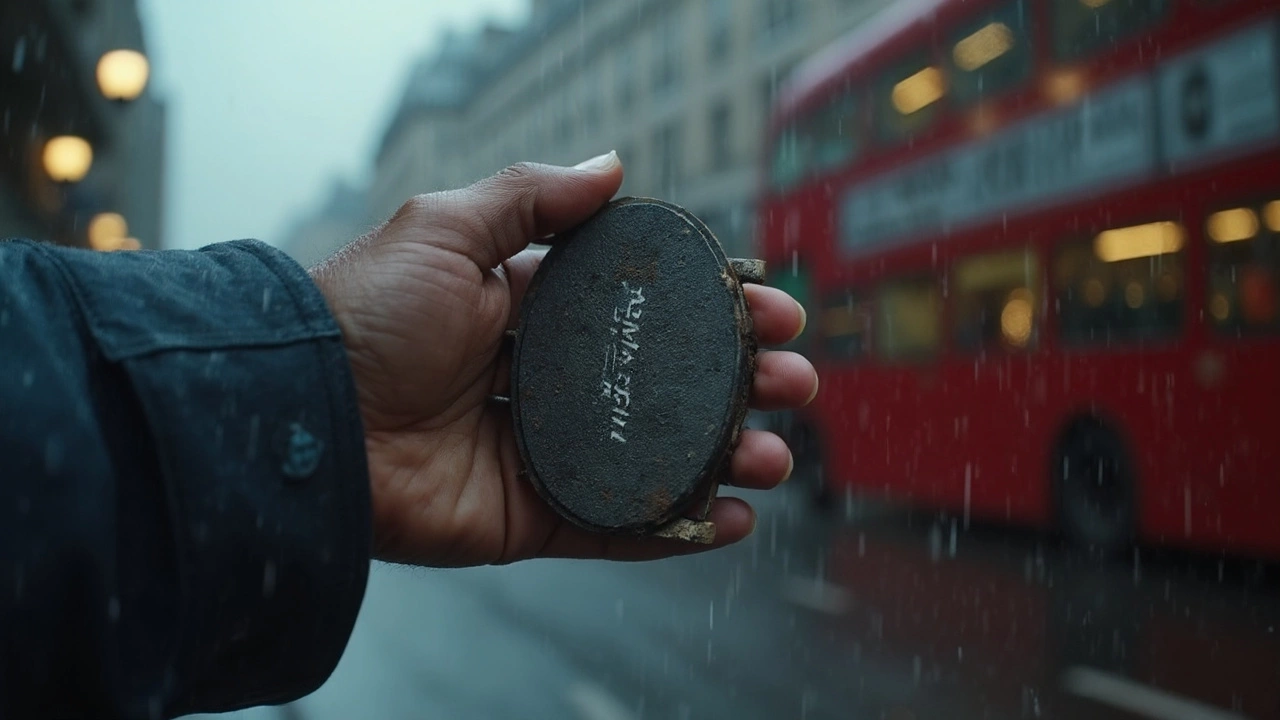Stopping Distance: What It Means and Why It Matters
When thinking about stopping distance, the total length a vehicle travels from the moment the driver decides to brake until the car comes to a complete halt. Also known as braking distance, it combines the driver’s reaction time, road grip and the condition of the braking system. Two of the most critical components are brake pads, the friction material that presses against the rotor to slow the wheel and brake rotors, the metal discs that the pads clamp onto to create friction. Even the vehicle speed, how fast you’re traveling before you hit the brakes plays a huge role. In plain terms, a longer speed, worn pads, or thin rotors each add extra meters to the distance you need to stop. This page pulls together the most common factors that stretch or shrink your stopping distance so you can see the whole picture before you hit the road.
Key Factors That Change Your Stopping Distance
First off, reaction time is out of the car’s control – it’s how long it takes your brain to tell your feet to press the pedal. But the mechanical side is entirely within your hands. Fresh brake pads give you solid, consistent friction, while worn pads start to glide, which means the wheels keep turning longer. Similarly, a rotor that’s warped or too thin can’t absorb heat properly; it’ll wobble and reduce the even pressure needed for a quick stop. When both pads and rotors are in good shape, the braking force is maximized and the distance shrinks dramatically.
Speed is a multiplier. Doubling your speed doesn’t just double the stopping distance – it roughly quadruples it because kinetic energy rises with the square of velocity. That’s why a 60 mph stop can feel like a 30 mph stop gone wrong if the brakes are marginal. The clutch also sneaks in here: a slipping clutch can leave you in a lower gear, which acts like a brake engine and shortens stopping distance, but it also means the brake system does more work, wearing pads faster. So keeping the clutch in good condition is part of the broader safety equation.
Road surface, tyre grip, and weather add the final layer. Wet roads lower friction, making every millimetre of pad and rotor performance count even more. That’s why you’ll notice the same brake wear issue feels far worse on a rainy night. The takeaway? Regularly check pad thickness, measure rotor run‑out, and replace parts before they’re at the end of life. When you stay ahead of wear, you keep your stopping distance as short as possible, no matter the speed or conditions.
Below you’ll find a collection of articles that dive deeper into each of these topics – from how often to replace brake pads, to the cost differences between rotor resurfacing and replacement, and even how clutch health can indirectly affect braking performance. Use them as a roadmap to audit your own vehicle and make smarter maintenance choices today.

Can You Drive a Car with Bad Brake Pads? Risks and Realities
May 27 2025 / Brake PadsEver wondered if you can still drive your car with worn-out brake pads? This article breaks down what really happens when your brake pads go bad, how it affects your safety, and the warning signs you shouldn't ignore. We’ll talk stopping distances, repair tips, and why waiting could cost you more than just money. Get clear answers to the risks—before you hit the road. Your brakes aren’t just metal parts; they’re your only line between a close call and a collision.
VIEW MORE